*Last week, the world celebrated Indigenous People.
In 1994, the United Nations designated Aug. 9, as an annual commemoration of the world’s indigenous people as a way to heighten awareness about challenges faced by Native communities worldwide and to inspire global leaders to protect their rights.
According to the 2020 census, California is home to 110 federally recognized Native American tribes and more than 630,000 people who identify as indigenous or of indigenous descent. This makes California home to the largest indigenous population in the United States.
“It’s important that people who live here in California know the history behind the lands they are staying on,” Kascia Samel, a librarian at the American Indian Resource Center (AIRC) told California Black Media.
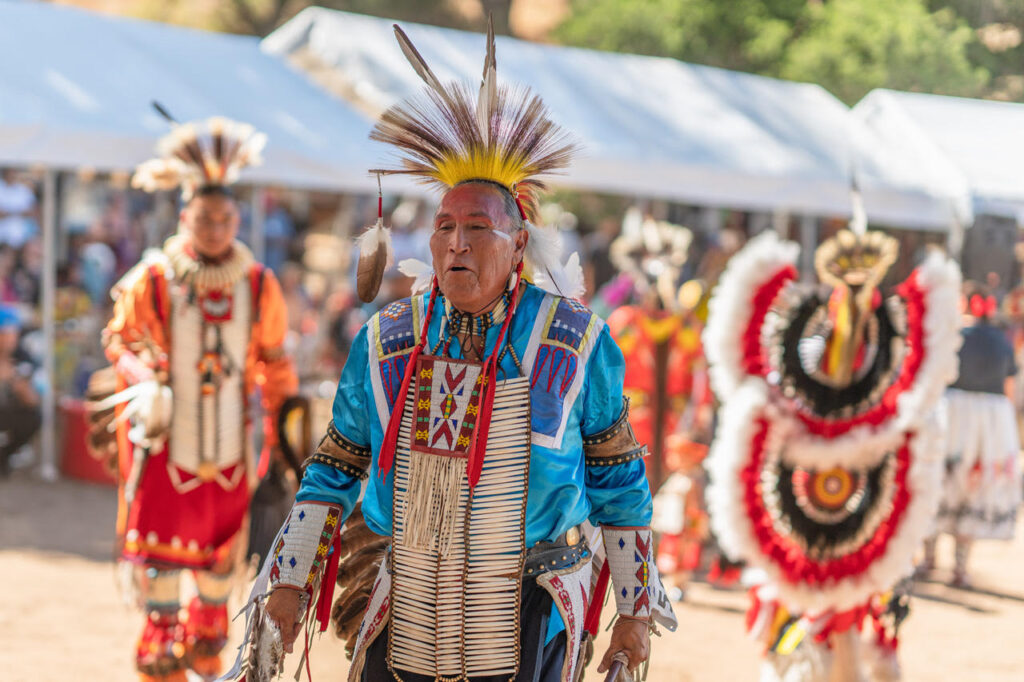
“The indigenous people are still here fighting for recognition whether it’s to seek more help for the community or to address past histories,” she said.
According to information provided by the AIRC of the LA County Library, the indigenous population in California was 500,000 in 1770. Tragically, the impact of European diseases, reduced this number to between 150,000 – 300,000 by 1849.
In 1851, U.S. Congress negotiated 18 treaties with indigenous Californians that would have left them 7.5 million acres of the state’s total of 100 million acres. Despite this, then Gov. Peter Burnett in his annual address to California state lawmakers stated, “the war of extermination will continue to be waged between the two races until the Indian race becomes extinct must be expected.”
The following year, U.S Senators lobbied the Senate to not approve the treaties and settlers drove them from the lands that should have been theirs.
According to the Library of Congress, before the arrival of Europeans to California in the 1500s, the state’s native peoples were dispersed across the state and isolated from each other by language, tribal differences and geology. There were as many as 135 dialects among several tribes that included the the Karok, Maidu, Cahuilleno, Mojave, Yokuts, Pomo, Paiute, and Modoc.
Today, California tribes own about 7% of their unratified treaty territory.
While injustices still persevere, progress has been made culturally for indigenous communities.
U.S. Secretary of the Interior Deb Haaland is a prime illustration of how Indigenous people have shattered barriers and ascended to the highest echelons of America’s social, economic and political structures.
Assemblymember James Ramos (D-San Bernardino) achieved a historic milestone in California by becoming the first Native American elected to the California Legislature in 2018.
Furthermore, through executive order N-15-19, the state has mandated the release of an annual report to update Gov. Gavin Newsom and the state on the status of the indigenous community so progress can be toward rectifying injustices of the past.
In 2019, Newsom apologized to Native American Californians for the state’s “historical wrongdoings.”
“California must reckon with our dark history,” said Newsom. “California Native American peoples suffered violence, discrimination and exploitation sanctioned by state government throughout its history.
We can never undo the wrongs inflicted on the peoples who have lived on this land that we now call California since time immemorial, but we can work together to build bridges, tell the truth about our past and begin to heal deep wounds.”
Ramos applauded Newsom for his action.
“This action will go a long way to start the healing process between the state and Native American communities throughout California,” said Ramos. “This historic acknowledgment by the Governor marks the beginning of a new relationship between the state and the more than 700,000 Native Americans who make the State of California their home.”
Culturally, the general public has gained more access to the contemporary lives of indigenous communities in recent years. Samel credits this to keeping traditions alive and the entertainment industry investing in stories from the community.
“I think there is more media representation. If you look at shows like Reservation Dogs, kid’s shows like Spirit Rangers, there’s a lot more books being published as well. There’s still pow wows going on and other community events happening. This is a great time for people to learn more about indigenous cultures and see how their histories effect our histories.”
This California Black Media report was supported in whole or in part by funding provided by the State of California, administered by the California State Library.”
Interview Notes with Kascia Samel
“It’s important that people who live here in California know the history behind the lands they are staying on. The indigenous people are still here fighting for recognition whether it’s to seek more help for the community or to address past histories.”
Having indigenous people’s day helps highlight the people within the community.
“I think there is more media representation. If you look at shows like Reservation Dogs, kids shows like Spirit Rangers, there’s a lot more books being published as well. There’s still pow wows going on and other community events happening. This is a great time for people to learn more about indigenous cultures and see how their histories effect our histories.”
Source: Edward Henderson | California Black Media

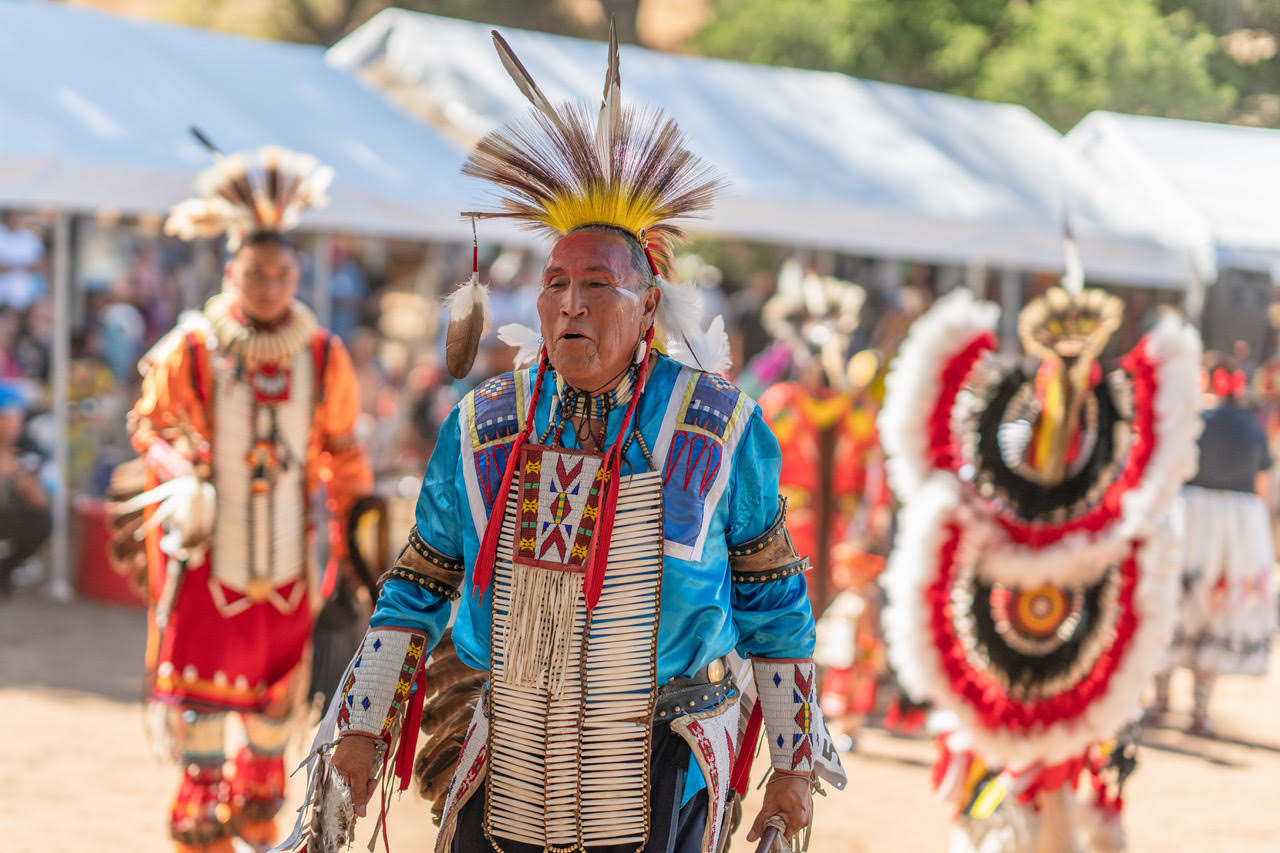
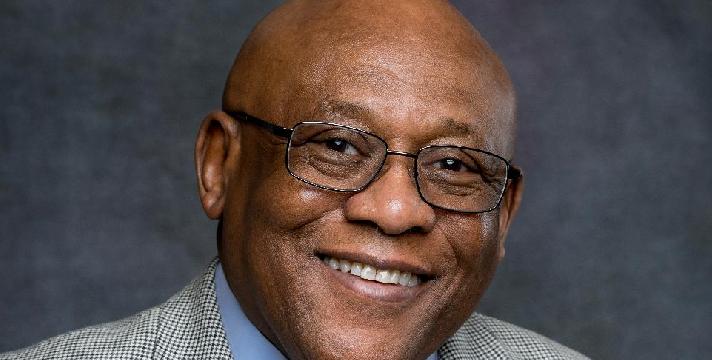
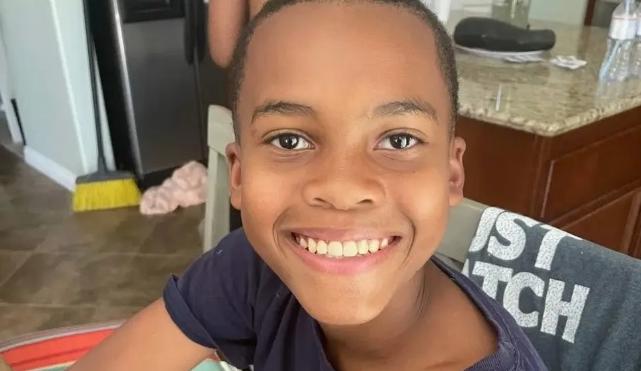
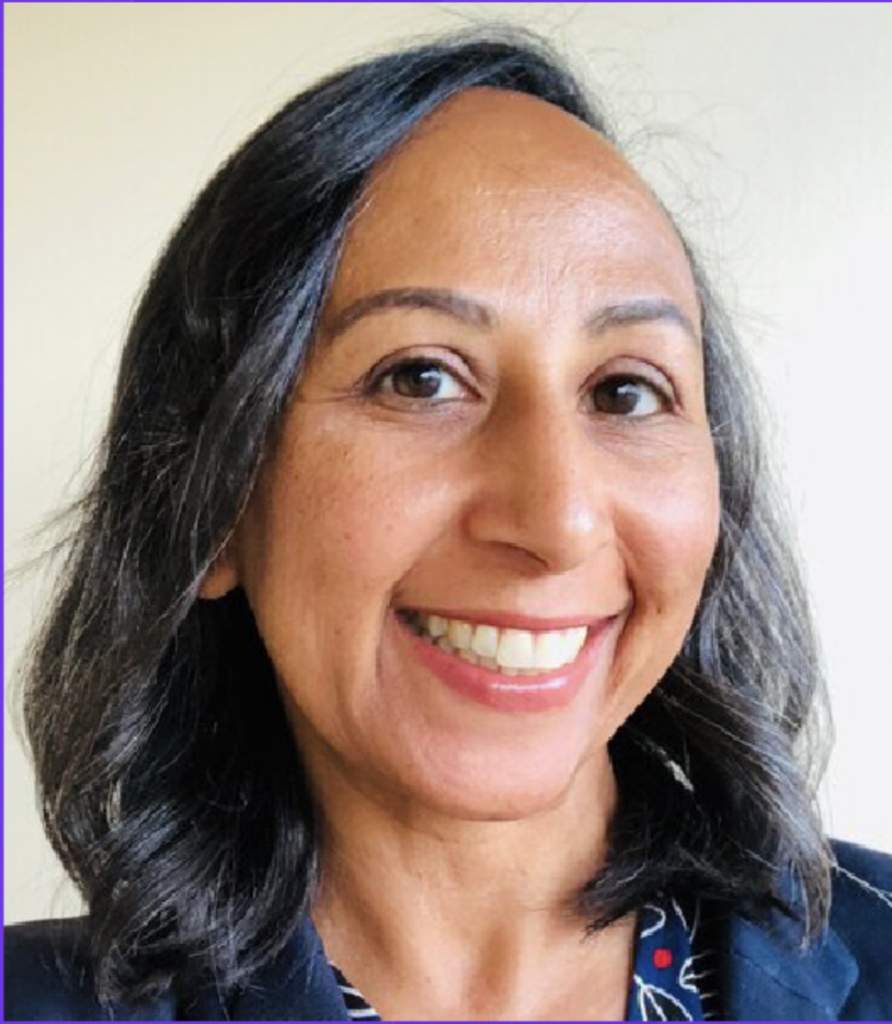
Recent Comments